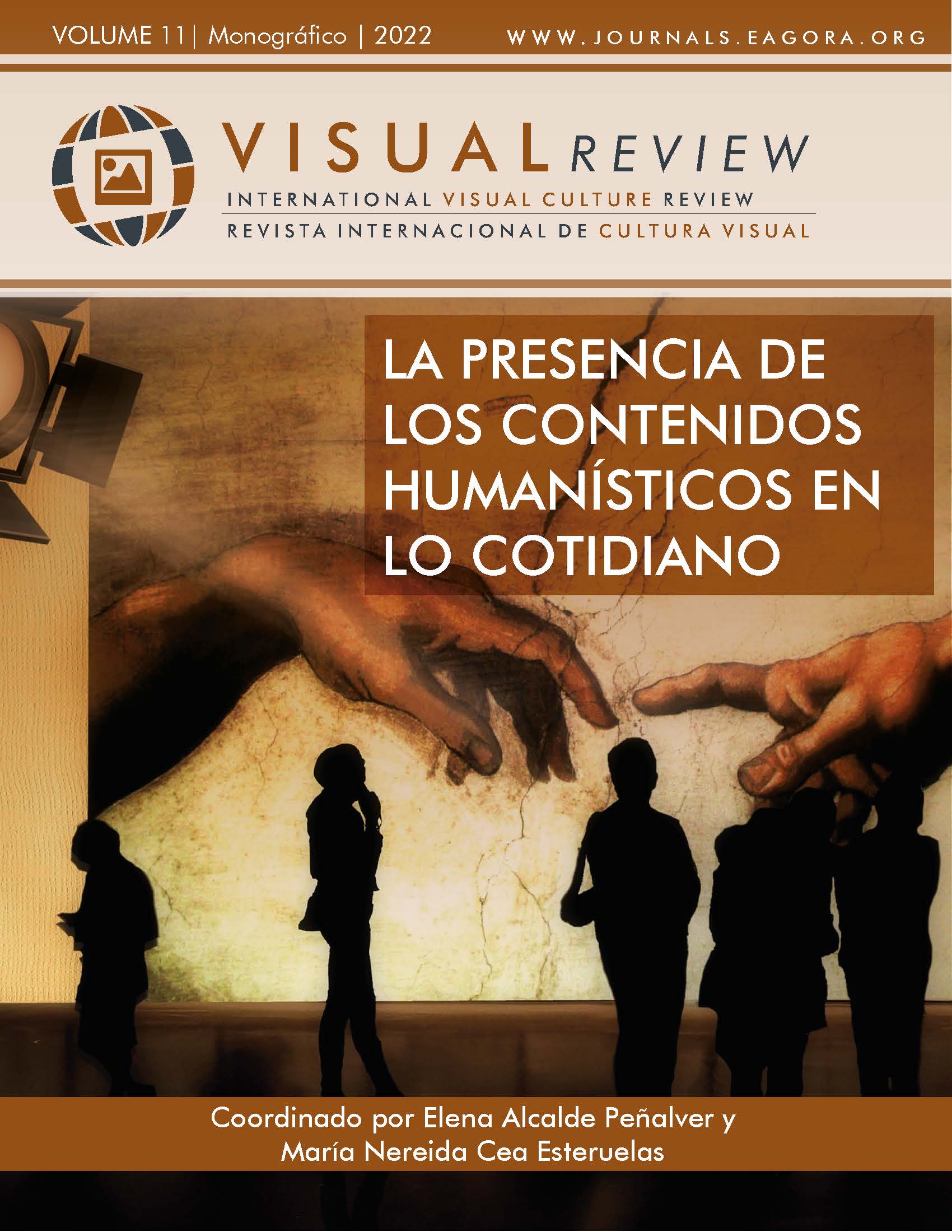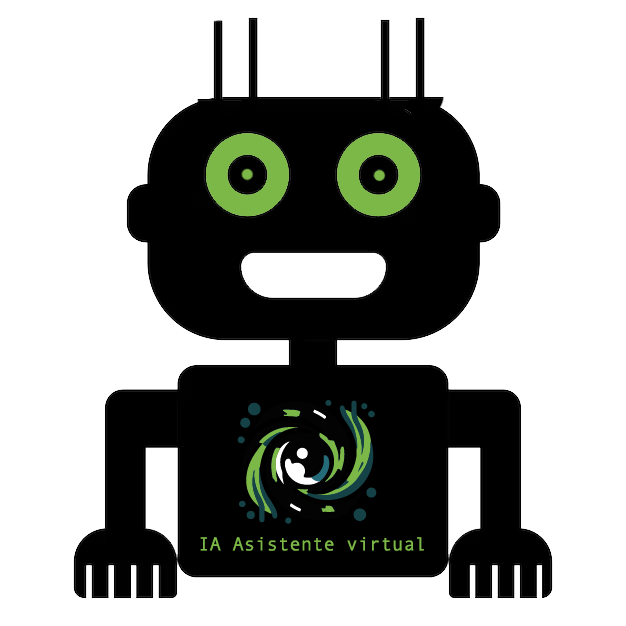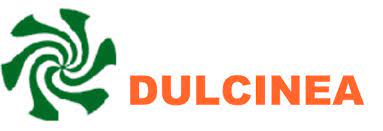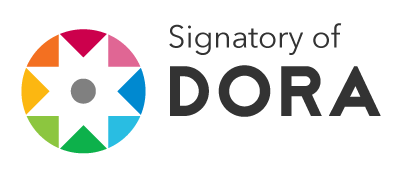New didactic tools for musical learning
The production system and goal stacking
DOI:
https://doi.org/10.37467/revvisual.v9.3669Keywords:
Music, Teaching tools, Innovation, Production system, Goal stacking, Self-regulated learningAbstract
The aim of this research is to weigh, through documentary review, one of the fundamental aspects of musical learning: the achievement of self-regulated learning by students. To this end, the review of the Production System theory (Anderson, 1981 and 1982) is proposed, which will guide the skills acquisition process, the function of Goal Stacking, which will order the process, Motivation, as an amplifier of talent and the Metacognitive and Affective model of Efklides (2011), as an effective procedure for the acquisition of the main objective of this study.
Downloads
Global Statistics ℹ️
|
406
Views
|
199
Downloads
|
|
605
Total
|
|
References
Alonso-Jartín, R. y Chao-Fernández, R. (2018a). Aprendiendo a enseñar un instrumento musical en edades tempranas, en Cantalapiedra, Aguilar y Requeijo (Coords.), Fórmulas docentes de vanguardia. Barcelona: Gedisa, 27-35. ISBN: 978-84-17690-10-6.
Alonso-Jartín, R. y Chao-Fernández, R. (2018b). Creatividad en el aprendizaje instrumental: lenguaje metafórico, velocidad del procesamiento cognitivo y cinestesia. Creatividad y Sociedad,28,7-30.
Acevedo, J.A. (1990). Aportaciones acerca del aprendizaje por analogía: modelos conceptuales y analógicos de la corriente eléctrica, en Grupo Investigación en la Escuela (comps.). Cambio educativo y desarrollo profesional. Servicio de Publicaciones de la Universidad de Sevilla.
Aguirre, L. (2016). Evaluación de una propuesta para el desarrollo de la escritura en estudiantes universitarios a partir de habilidades de metacognición. Revista de Lingüística, Filosofía y Literatura.Vol.26. Doi 10.15443/RL26015. DOI: https://doi.org/10.15443/RL26015
Amstrong, T. (2012): El poder de la neurodiversidad. Las extraordinarias capacidades que se ocultan tras el autismo, la hiperactividad, la dislexia y otras diferencias cerebrales. Barcelona: Espasa Libros.
Anderson, J.R. (1980). Cognitive psychology and its implication. Freeman, San Francisco.
Andreson, J.R. (1981). Cognitive skills and their acquisition. Erlbaum, Hilisdale, Nueva Jersey.
Ausubel-Novak-Hanesian (1983). Psicología Educativa: Un punto de vista cognoscitivo. 2° Ed. Trillas, México.
Bausela, E. (2004). La docencia a través de la investigación- acción. La educación, 35(1). Número especial. https://doi.org/10.35362/rie3512871 DOI: https://doi.org/10.35362/rie3512871
Basmajian, J. V. y Newton, W.J. (1974). Feedback training of parts of buccinator muscle in man. Psychophysiol.11, (1):92. doi: 10.1111/j.1469-8986.1974. tb00828. x. PMID: 4810443. DOI: https://doi.org/10.1111/j.1469-8986.1974.tb00828.x
Buck, P.C. (1944). Psychology for musicians. Oxford University Press, London. DOI: https://doi.org/10.2307/922079
Cerrón, W. (2019). La investigación cualitativa en educación. Horizonte de la ciencia, 9(17). https://doi.org/10.26490/uncp.horizonteciencia.2019.17.510. DOI: https://doi.org/10.26490/uncp.horizonteciencia.2019.17.510
Day, R. A. (2005). Cómo escribir y publicar trabajos científicos (3ª ed.). Organización Panamericana de Salud.
El confidencial (2022). La carrera que se empieza con 8 años y nadie termina. ”si no tienes vocación, no merece la pena. https://www.elconfidencial.com/cultura/2022-03-13/la-carrera-que-nadie-termina_3389324/.
Efklides, A. (2011). Interactions of Metacognition with Motivation and Affect in Self-Regulated Learning: The MASRL Model. Educational Psychologist Journal.Vol.46. doi- 10.1080/00461520.2011.538645 DOI: https://doi.org/10.1080/00461520.2011.538645
Evans, P. (2015). Self-determination theory: An approach to motivation in music education. MusicaeScientiae. 2015;19(1):65-83. doi:10.1177/1029864914568044 DOI: https://doi.org/10.1177/1029864914568044
Espar, X. (2021). La motivación es un amplificador del talento. https://www.bbva.com/es/bbva-podcast/
Fourcin, E. y Abberton, A. (1980). The role of feedback and feedforward in the teaching of pronunciation an overview System, Volume 8, Issue 1, p. 35-45, ISSN 0346-251X, https://doi.org/10.1016/0346-251X(80)90022-6. DOI: https://doi.org/10.1016/0346-251X(80)90022-6
Gisbert Caudeli, V. y Chao-Fernández, R. (2019). Las bandas de música como herramienta educativa promotora de la inclusión y el cambio social, En Rodríguez Moreno et al., Nuevos enfoques para la docencia universitaria, Pirámide, Pp.187-196.
Guerrero Bejarano, M.A. (2016). La investigación cualitativa. INNOVA Research Journal, 1(2), 1-9. https://doi.org/10.33890/innova.v1.n2.2016.7 DOI: https://doi.org/10.33890/innova.v1.n2.2016.7
Gómez-Luna, E., Fernando-Navas, D., Aponte-Mayor G.,& Betancourt-Buitrago, L. A. (2014). Metodología para la revisión bibliográfica y la gestión de información de temas científicos, a través de su estructuración y sistematización. Dyna 81(184), 158-163 Disponible en: http://www.redalyc.org/articulo.oa?id=49630405022 DOI: https://doi.org/10.15446/dyna.v81n184.37066
Lorenzo Socorro, S. y Bermúdez, M. O. (2004). El abandono de los estudios musicales en el Conservatorio: la opinión de los profesores del centro. Eufonía: didáctica de la música.31,74-94.
Neisser, U. (1981). Jhon Dean´s memory: a case study. Cognition. 9,1-22. DOI: https://doi.org/10.1016/0010-0277(81)90011-1
Panadero, E. (2017). A Review of Self-regulated Learning: Six Models and Four Directions for Research. Frontiers in Psychology.Vol.8 https://www.frontiersin.org/article/10.3389/fpsyg.2017.00422 DOI=10.3389/fpsyg.2017.00422.ISSN=1664-1078 DOI: https://doi.org/10.3389/fpsyg.2017.00422
Pintrich, P.R., Smith, D., García, T., & McKeachie, W. (1991). A manual for the Use of the Motivational Strategies for Learning Questionnaire (MSLQ). The University of Michigan, Ann Arbor, MI.
Ríos García, I. (2008). Instrumentos para enseñar a leer y escribir. Aula de Innovación Educativa, XV, 175. p. 39-43. ISSN 1131995X. http://hdl.handle.net/10234/16613.
Santasmarinas, J.V. (2010). Trastornos Músculo-Esqueléticos relacionados con la Interpretación Musical en estudiantes instrumentistas.Epidemiología y factores de riesgo: actividad física y/o deporte, hábitos de prevención y carga física. 1.a ed. Vol. 1. Human Movement. p. 455.
Sennet, R. (2008). The kraftsman. Yale University Press.
Sloboda, J. A. (2012). La mente musical: La psicología cognitiva de la música. Machado grupo de distribución. Madrid.
Skliar, C. (2017). Pedagogía de las diferencias: notas, fragmentos, incertidumbres. Buenos aires: No- veduc.
Suzuki, S. (2004). Educados con amor-El método Clásico de la Educación del talento. Alfred publishing Co. Inc.
Torrano Montalvo, F. y González Torres, M.C. (2004). Self-regulated lear- ning: current and future directions. Electronic Journal of Research in Educational Psychology, 2(1), 1-34.
Tucker, W.H., Bates, R.H.T., Frykberg, S.D., Howarth, R.J., Kennedy, W.K., Lamb, M.R., & Vaugan, R. G. (1977). An interactive aid for musicians. Int. J. Man-Machine Stud.9, 635-51. DOI: https://doi.org/10.1016/S0020-7373(77)80033-3
Vera, O. (2009). Cómo escribir artículos de revisión. Revista Médica la Paz, 15(1), 63-69. http://www.scielo.org.bo/scielo.php?script=sci_arttext&pid=S1726-89582009000100010&lng=es&tlng=es.
Vygotski, L.S. (1956). Aprendizaje y desarrollo intelectual en la edad escolar. En Escritos de psicología. A.N. Leontiev y A.R. Luria. (pp.438-452).
Willems, E. (1979). Las bases psicológicas de la educación musical. Paidós, España.
Williams, J.P. (1970). From basic research on reading to educational practice. En Basic studies in reading. H. Levin y J.P. Williams. Basic Books, New York
Zimmerman B. J. (2008). Investigating Self-Regulation and Motivation: Historical Background, Methodological Developments, and Future Prospects. American Educational Research Journal.;45(1):166-183. doi:10.3102/0002831207312909 DOI: https://doi.org/10.3102/0002831207312909
Downloads
Published
How to Cite
Issue
Section
License
Those authors who publish in this journal accept the following terms:
-
Authors retain copyright.
-
Authors transfer to the journal the right of first publication. The journal also owns the publishing rights.
-
All published contents are governed by an Attribution-NoDerivatives 4.0 International License.
Access the informative version and legal text of the license. By virtue of this, third parties are allowed to use what is published as long as they mention the authorship of the work and the first publication in this journal. If you transform the material, you may not distribute the modified work. -
Authors may make other independent and additional contractual arrangements for non-exclusive distribution of the version of the article published in this journal (e.g., inclusion in an institutional repository or publication in a book) as long as they clearly indicate that the work was first published in this journal.
- Authors are allowed and recommended to publish their work on the Internet (for example on institutional and personal websites), following the publication of, and referencing the journal, as this could lead to constructive exchanges and a more extensive and quick circulation of published works (see The Effect of Open Access).













